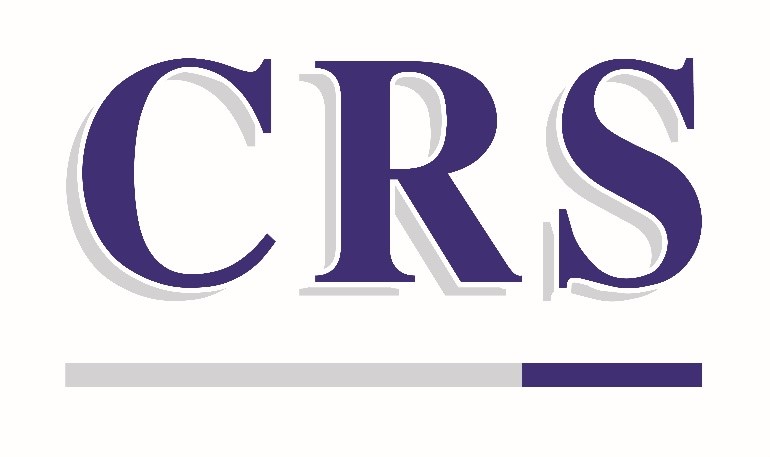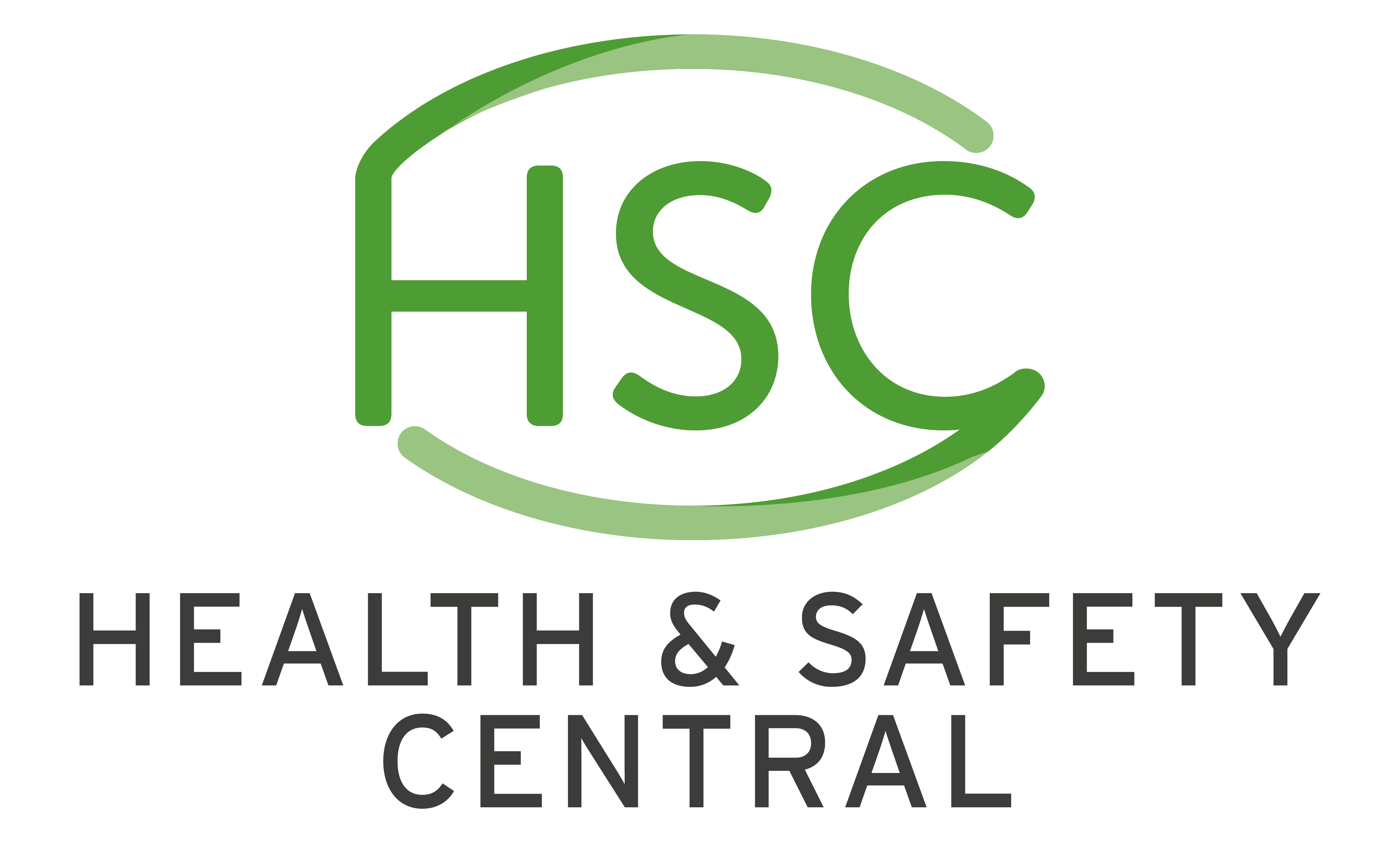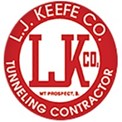Title Page
-
EXCAVATION INSPECTION
-
Jobsite:
-
Date of Inspection:
-
Weather (Take Screenshot from Heat Index App)
-
Superintendent: (Competent Person)
-
Prepared by
Items for Inspection
1. GENERAL INSPECTION OF JOBSITE:
-
1.1 Excavations, Adjacent areas, and Protective Systems Inspected by Competent Person Daily Before the Start of Work
-
1.2 Competent Person has the Authority to Remove Employees from the Excavation Immediately
-
1.3 Employees Protected from Loose Rock or Soil that Could Pose a Hazard by Falling or Rolling into the Excavation
-
1.4 Hard Hats Worn by All Employees
-
1.5 Is Excavated Material Stored Two Feet or More from Edge of Excavation
-
1.6 Barriers Provided Around the Perimeter of all Excavations, Wells, Pits, Shafts, etc.
-
1.7 Walkways and Bridges over Excavations Four Feet or More in Depth are Equipped with Standard Guardrails
-
1.8 Warning Vests or other Highly Visible Clothing Provided and Worn by all Employees Exposed to Machinery
-
1.9 Employees Required to Stand Away from Vehicles Being Loaded or Unloaded
-
1.10 Employees Prohibited from Going Under Suspended Loads
-
1.11 Is the Excavation More than 4 Feet in Depth
-
Employees Protected from Cave-ins when Entering or Exiting the Excavation
-
Are There Structures/Utilities/Nearby Objects that Might Become Unstable
-
Soil has a Maximum Allowable Slope of 1-1/2:1 (34 degrees)
2. UTILITIES
-
2.1 Was Sunshine 811 One Call System Contacted
-
2.2 Exact Location of Utilities Marked
-
2.3 Underground Installations Protected, Supported, or Removed when Excavation is Open
3. MEANS OF ACCESS AND EGRESS:
-
Access to and exit from the trench require the following conditions:
-
3.1 Is a Ladder within 25 Feet of all Workers
-
3.2 Ladders Used in Excavations Secured and Extend Three Feet Above the Edge of Excavation
-
3.1 Employees Protected from Cave-ins When Entering or Exiting the Excavation
4. WET CONDITIONS:
-
4.1 Water Conditions of Excavation
-
4.2 Employees are Protected from the Accumulation of Water (surface water diversion, well-point system, water pumps, etc.)
-
4.3 Water Removal Equipment and Conditions Monitored by the Competent Person
-
4.4 Surface Water or Runoff Diverted or Controlled to Prevent Accumulation in the Excavation
-
4.5 Inspections Made After Rainstorm or other Hazard-Increasing Occurrence
5. HAZARDOUS ATMOSPHERES & CONFINED SPACES:
-
Testing should be conducted before employees enter the trench and should be done regularly to ensure that the trench remains safe.
-
5.1 Hazardous Atmosphere Exist
-
5.2 Where a Hazardous Atmosphere Exists or is Expected to Exist, the Atmosphere has been Tested Before Employees Enter the Excavation
-
5.3 Adequate Precautions Taken to Protect Employees from Exposure to an Atmosphere Containing Less than 19.5% Oxygen
-
5.4 Is Excavation Exposed to Public Vehicular Traffic (Exhaust Emission)
-
5.5 Testing Conducted Often to Ensure that the Atmosphere Remains Safe
6. EXPOSURE TO VEHICLES:
-
Procedures to protect employees from being injured or killed by vehicle traffic include:
-
3.1 Public Exposure to Workers
-
3.3 Designated, Trained Flagperson Along with Signs, Signals, and Barricades when Necessary
-
3.4 Does Mobile Equipment Have a Warning System
7. TRAINING:
-
Did Employees Receive Training in Excavation (Video on Dropbox)













